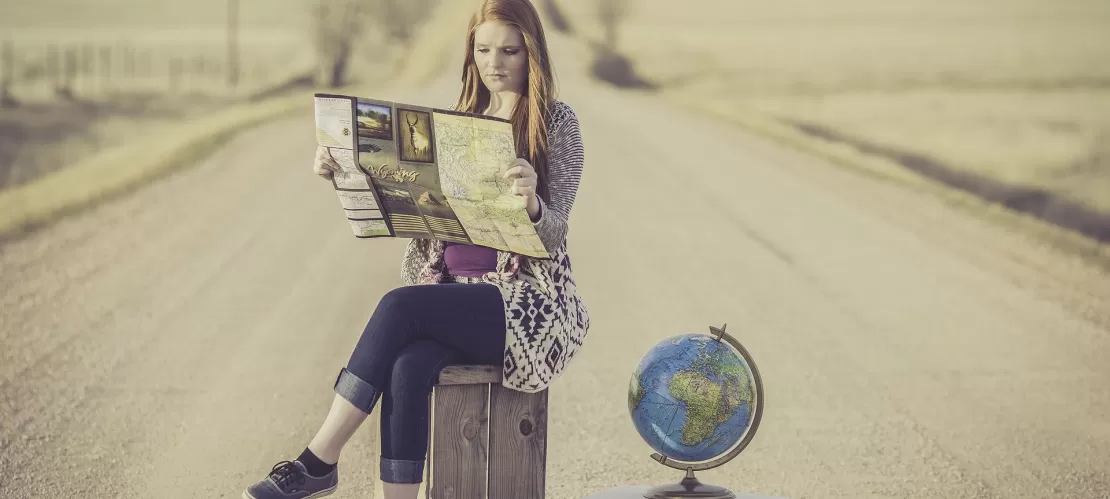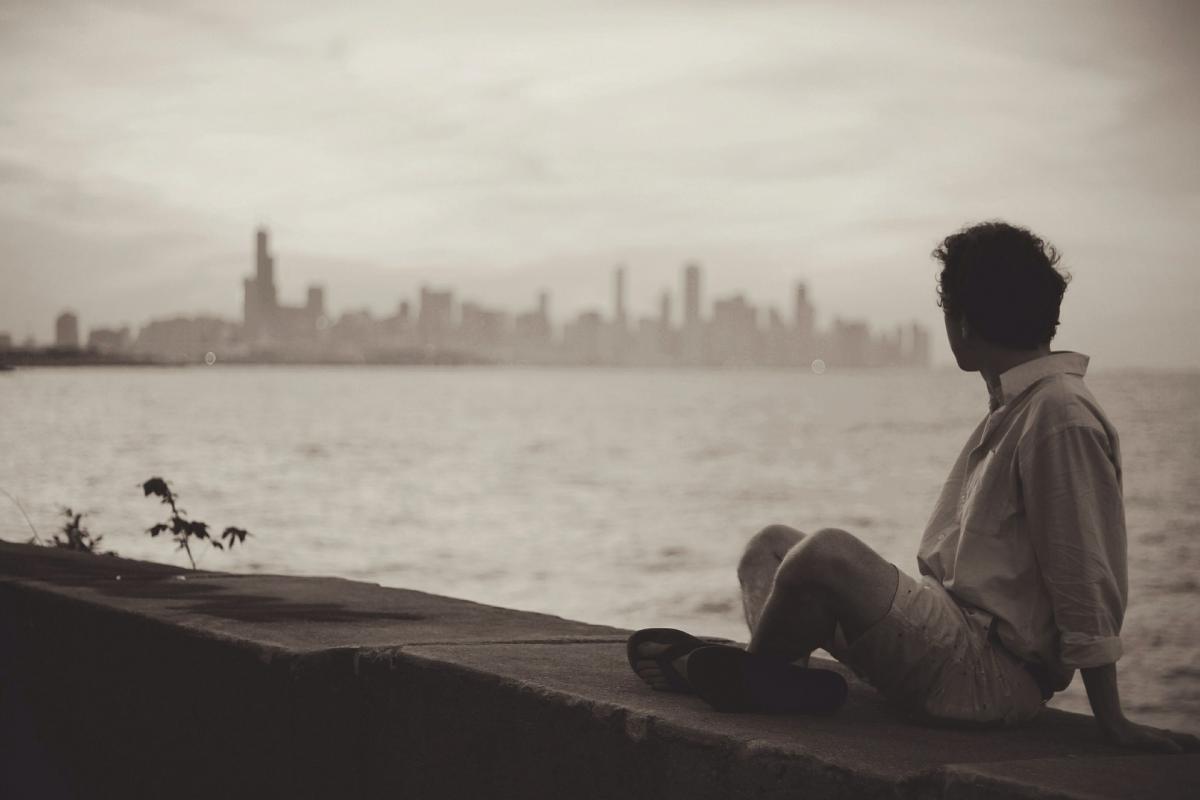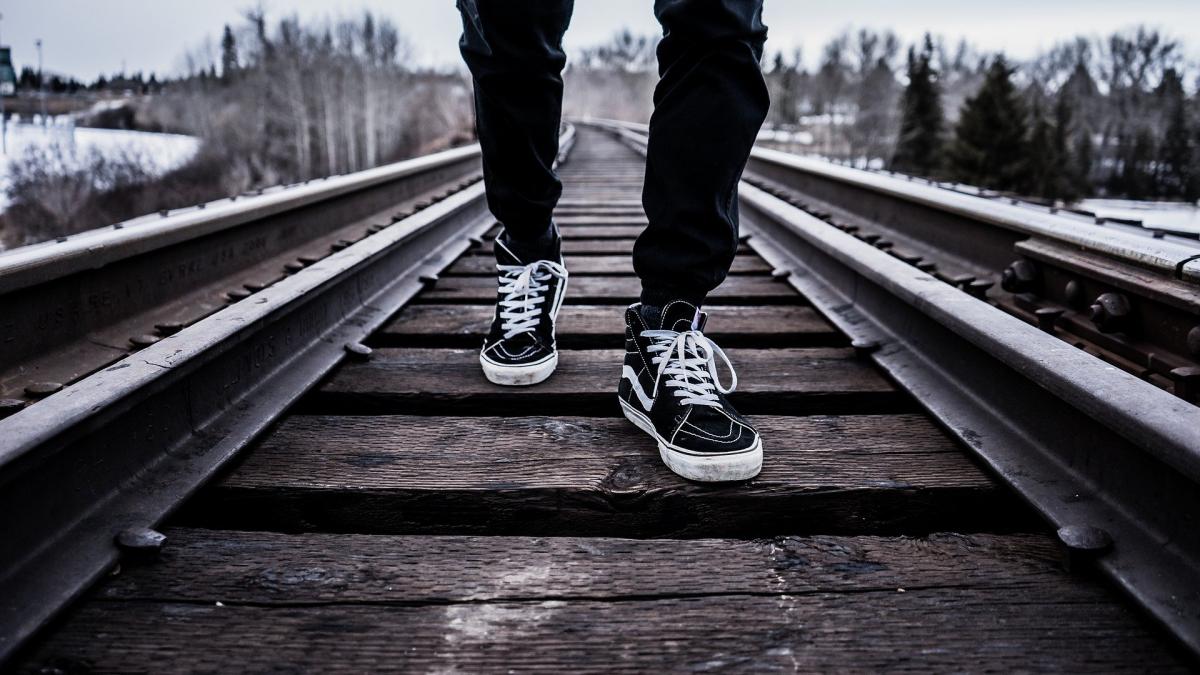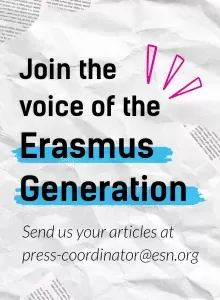
The term “staycation” comes from the United States, from the connection of the words “stay” and “vacation”. The idea behind is to take days off and stay near the place you live rather than travelling to another place.
An Insight Into the History
In the first years of the new decade, Americans were known to have a knack for travelling by car, to drive out of the country, find a suitable hotel with amenities and enjoy the holidays they were waiting so long for. However, with the prices of petrol going continuously up, this way of lifestyle was exchanged with another one. The idea of a staycation was born in the shadow of the global crisis, back in 2008.
Hitting Response
It’s still on the agenda: we are dealing with sustainability to face climate change in many fields of life. According to the United Nations World Tourism Organisation, sustainability is a key point in the tourism sector. Especially in big, overcrowded cities, it is visible at its finest, how pollution and consumption contribute to the worsening state of our planet.
By shaping a new form of spending free time, the slow tourism movement has become a trending topic in finding a possible solution to environmental problems. Travelling goes in line with different types of tourists we may encounter. Erik Cohen, a sociologist of tourism, distinguishes four types of tourists: the explorer, the drifter, the individual mass tourist and the organised mass tourist. Thanks to this division, it’s easier to point out the preferences of each group, starting from contact with the environment, through the level of affection to the visited place and ending with the way of organisation to the escapade itself.
Mass Tourist or a Slow Traveller?
Mass tourists are known for reaching as many places as possible, marking them as “visited” and moving forward. Slow travellers, on the other hand, are fond of staying in one place for longer, discovering local cuisine and acquainting themselves with the community. The connection between slow tourism and staycation is to put yourself at ease and try to experience the place you are now in with all your senses. Carlo Petrini, who invented the Slow Food Movement, said once: about learning how to give time to each and every thing. This motto also includes travelling, most surely.

Benefits of a Staycation
Less pollution, saving money, steering away from chaos, to name just a few advantages of opting for a staycation. The decision of spending holidays at your place is a perfect way to get to know your neighbourhood. You become a tourist in your own city, town, or village, and you commit yourself to exploring it. It pushes you to discover new tracks and activities. You simply take your time, have a chance to reconnect and spend some time in nature.

To Go or Not to Go?
By staying home, you might find it surprising how many local attractions are waiting for you. In crazy times like this, it’s worth pondering upon the question of whether the rush is always needed? And, in the meantime, you can be delighted by the magic of the unexpected off the beaten track nearby. Deciding on a staycation, you’ll be able to create unique memories as well as take a positive approach towards your closest community.
